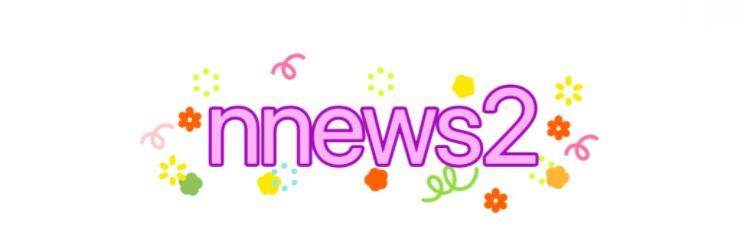How to Effectively Use a Wet Mop for Cleaning Floors
With competitive price and timely delivery, Manywell sincerely hope to be your supplier and partner.
Introduction
Are you struggling with dirty floors and ineffective cleaning methods? Using a wet mop can be the solution, but only if done correctly. Let's explore how to maximize its effectiveness!
Summary
To effectively use a wet mop for cleaning floors, start by selecting the right mop type, preparing the cleaning solution, and following proper techniques. Ensure you rinse and wring out the mop regularly for optimal results.
Choosing the Right Wet Mop
Selecting the right type of wet mop is crucial for efficient cleaning. Common types include sponge mops, string mops, and microfiber mops. For example, microfiber mops are highly effective for picking up dust and debris, making them perfect for smooth surfaces.
Preparing the Cleaning Solution
Using the appropriate cleaning solution enhances the effectiveness of your cleaning wet mop. For general cleaning, a mixture of warm water and a few drops of dish soap works well. For tougher stains, consider using a mixture of vinegar and water. Always follow the instructions on commercial cleaners for best results.
Proper Wet Mopping Technique
To mop effectively, start by sweeping or vacuuming the floor to remove loose dirt. Dip the mop into the cleaning solution, wring it out until damp, not soaking. Mop in a figure-eight pattern for thorough coverage, and rinse the mop regularly to avoid spreading dirt.
Frequency of Mopping
The frequency of mopping depends on foot traffic. Homes with pets or children may need mopping every few days, while low-traffic areas can be mopped weekly. According to a 2022 study by the American Cleaning Institute, regular mopping can reduce allergens by up to 30%.
Real-Life Application
A busy family with two kids used to struggle with messes on their hardwood floors. By following a routine of mopping every three days with a microfiber wet mop and a vinegar solution, they noticed a significant decrease in dirt and stains, keeping their home cleaner and healthier.
Maintenance of the Wet Mop
After cleaning, rinse the mop head thoroughly and allow it to air dry. Regularly wash removable mop heads as per the manufacturer's instructions to prevent bacteria buildup. This not only prolongs the life of your cleaning wet mop but also ensures a hygienic cleaning process.
FAQs about Using a Wet Mop
- What is the best type of wet mop for hardwood floors? Microfiber mops are gentle yet effective, making them ideal for hardwood surfaces.
- How often should I replace my wet mop? Depending on usage, you may need to replace your mop head every 2-6 months.
- Can I use a wet mop on tile floors? Yes! Wet mops are excellent for cleaning tile floors; just ensure to use a tile-safe cleaner.
- Is a wet mop better than sweeping? Yes, a wet mop can pick up dirt and moisture that a broom might leave behind.
- How can I make my own cleaning solution for a wet mop? A simple mixture of vinegar and water or warm soapy water can be effective and eco-friendly.
Conclusion
Using a wet mop effectively involves choosing the right type, preparing a suitable cleaning solution, and employing proper techniques. By integrating these steps into your cleaning routine, you can enjoy cleaner and healthier floors.
If you want to learn more, please visit our website.

Comments